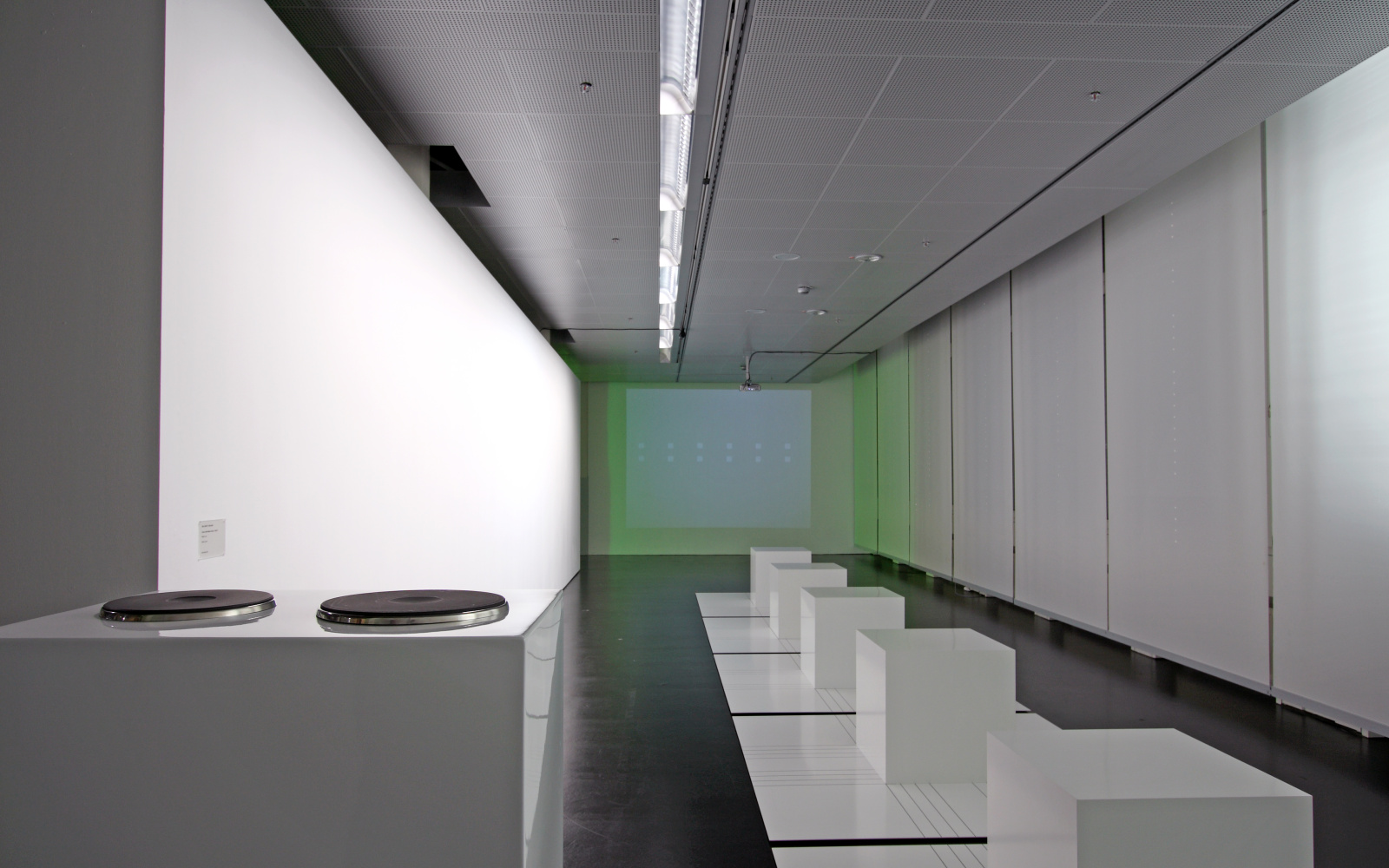- Exhibition
Clio
A Short History of Art in Euramerica after 1945
Sun, June 15, 2008 – Mon, April 20, 2009
- Location
- ZKM | Museum of Contemporary Art
Artists have repeatedly asked whether or not art as we know it is a genuinely European invention. One of Europe’s greatest achievements has been the construction of an art that, as a separate social subsystem [Niklas Luhman »Die Kunst der Gesellschaft,« 1995], has created its own autonomy, sovereignty, and a unique system of rules. This ship of modernism will now be analyzed from inside as well as outside. As the philosopher Otto Neurath said, “We are like sailors, who must rebuild their ship on the open seas, without being able to first dock, disassemble it, and rebuild it using the best parts.” This is also the state of modern art. Under the pressure to prove its legitimacy, which it has been subjected to since the Enlightenment and its rationality imperative, modern art must now question itself. In the age of globalization, other cultures are beginning to question our concept of art. The result is a wide-ranging relativization that above all poses the question: How is art history not only legitimated, but how is the history of art first constructed, according to which rules and criteria? On the ground floor and the first floor at ZKM | Museum of Contemporary Art, there will be an overview of the contemporary art revolution in Asia. On the second floor of the ZKM | Museum of Contemporary Art, a selection of works from the ZKM_Collection and the founding collectors of ZKM | Museum of Contemporary Art [Froehlich, Graesslin, Rentschler, Weishaupt] are available to help in calibration. These works present selected examples of the canon of modernism after 1945. Clio, the muse of historiography, may help us to allow justice to befall the history of art and its contemporary practice.
Organizing Organization / Institution
ZKM | Museum für Neue Kunst
Accompanying program
